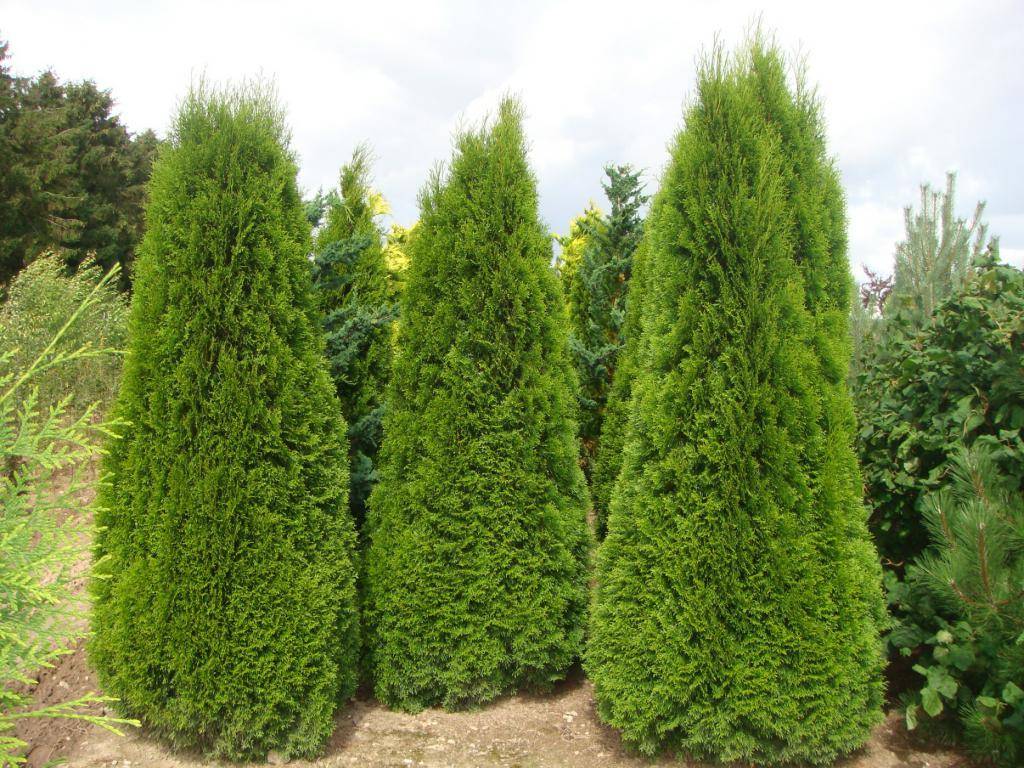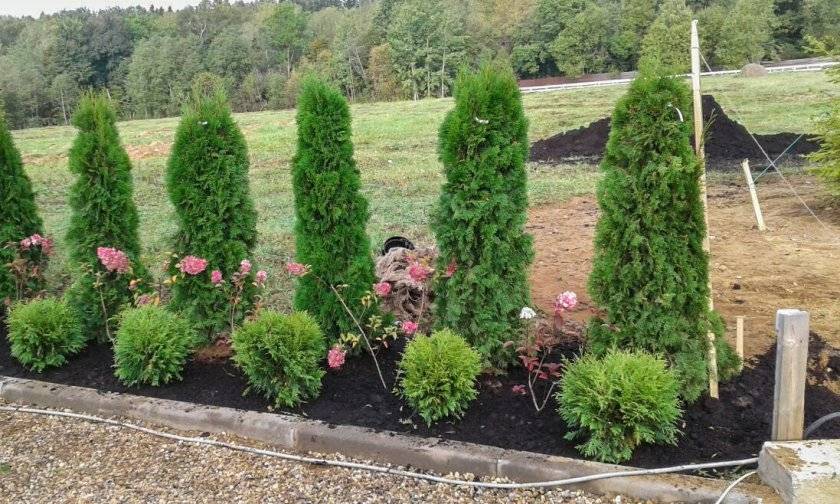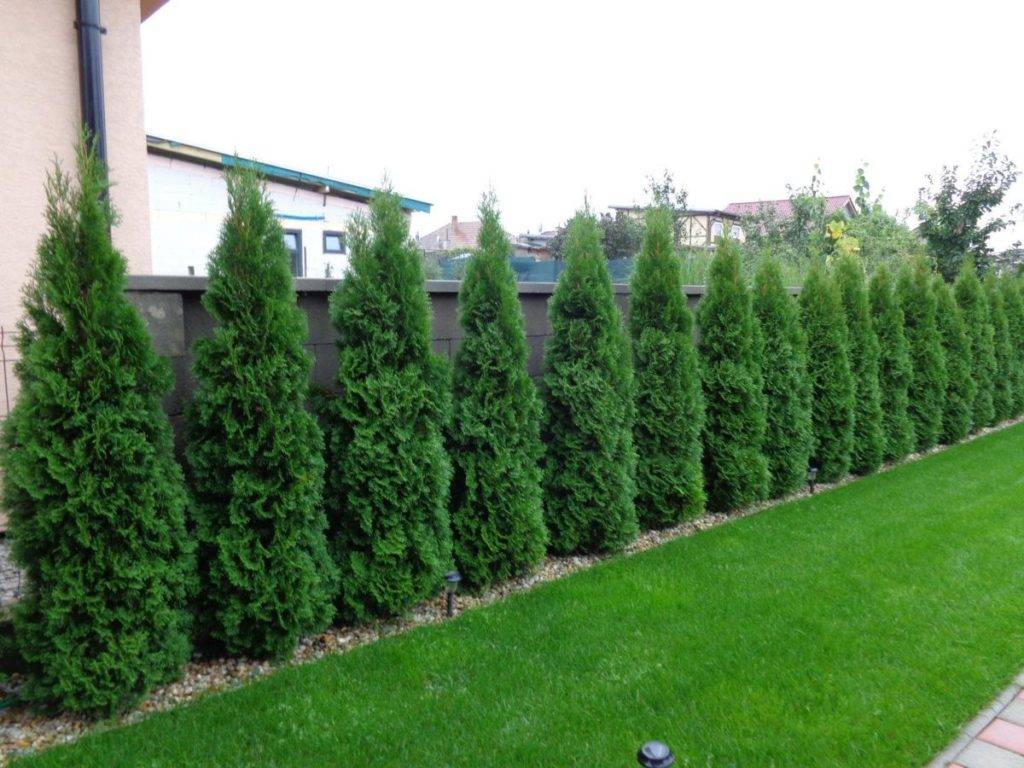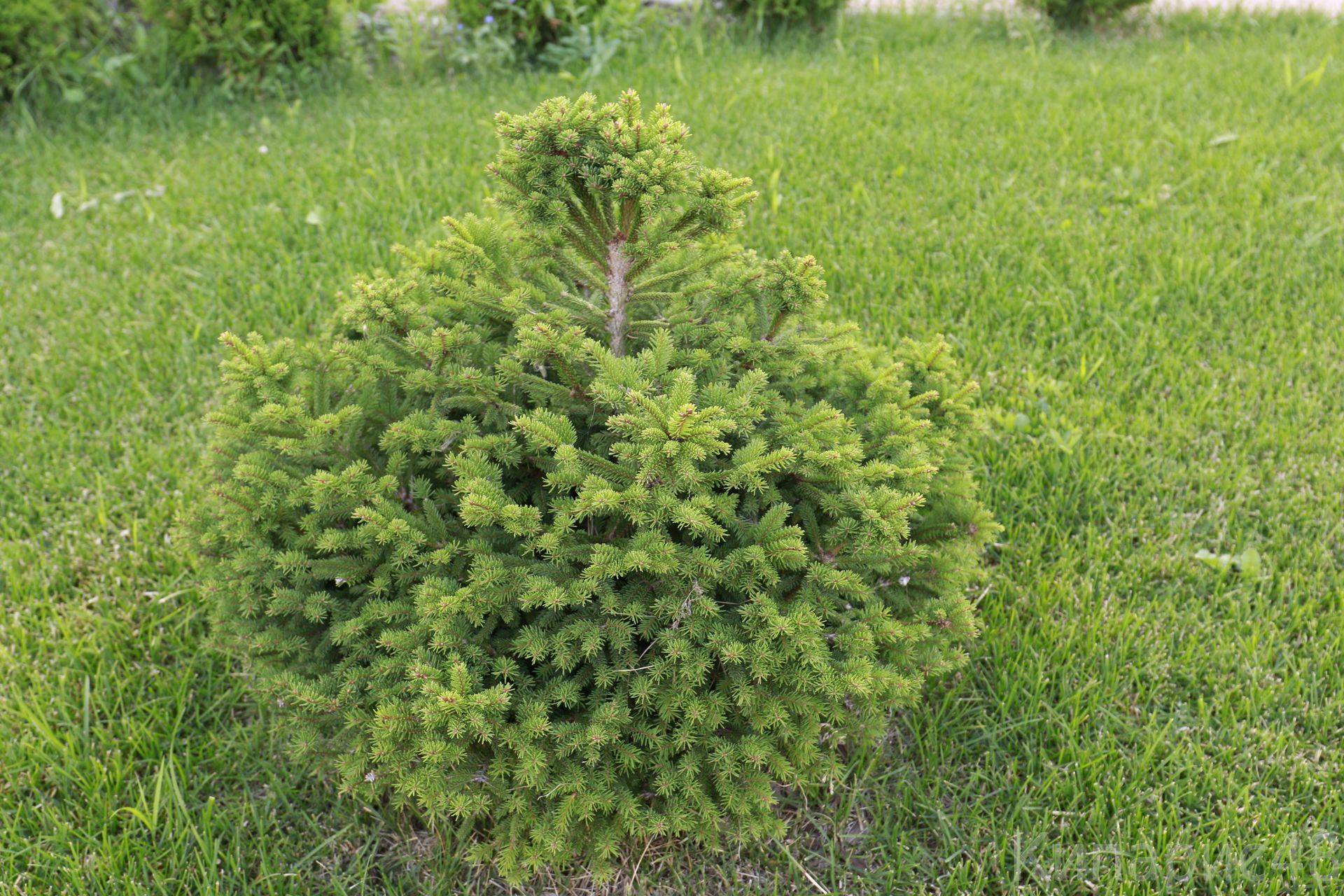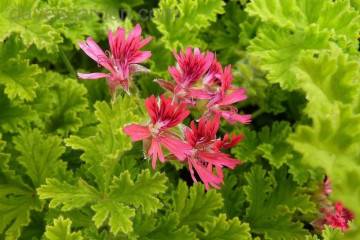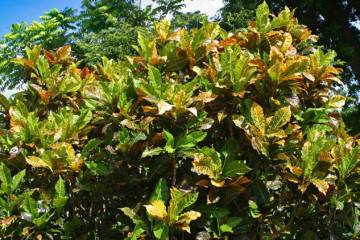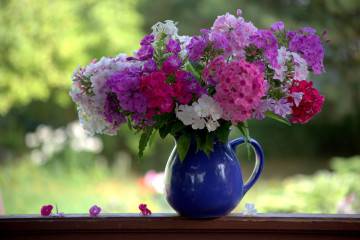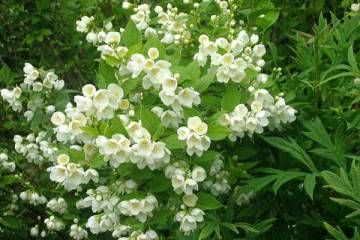Thuja - a tree, what it looks like, varieties and varieties
Content:
Tuyu is often called the "tree of life". Gardeners and landscape designers love this beautiful, evergreen plant. It is grown in garden plots and used for landscaping urban areas. Perfect for creating hedges.
Varieties of decorative thuja for the garden
In European countries, the plant practically does not occur in nature; it is grown exclusively as an ornamental one. Its homeland is America or East Asia. Thuja grows where the climate can be both warm and quite cool. Some aromatic natural species are used as incense and are used in the rituals of some tribes. In total, the thuja genus includes 6 species. The average lifespan of trees is 150 years. Thanks to breeders, about 120 varieties of this plant have appeared, cultivated everywhere. They differ in size and color of needles, crown shape.
What does a thuja look like
Botanical description of the plant:
- thuja's life form is a shrub or tree of the cypress family;
- evergreen;
- the crown is always dense;
- wood contains essential oils that provide a pleasant aroma of thuje;
- shoots are covered with scales or needle-shaped needles;
- the needles change color: in spring it is bright green, by autumn and winter it gradually turns brown;
- flowers are collected in inflorescences - spikelets of red-brown color;
- fruits are cones.
Thuja looks like a coniferous and deciduous tree at the same time. It does not have such needles as on pines or spruce trees, but there are no leaves that fall annually. The appearance is original and is unlikely to ever get bored.
Most often, thuja is a rather frost-resistant tree, but western thuja is especially resistant to cold weather, the species and varieties of which are grown and cultivated in Russia most often.
Characteristics of the plant western thuja: description and sizes
Western thuja is a tree that grows naturally in North America. Due to its initial frost resistance, it attracted scientists-breeders. They began to study it and new varieties of Western thuja appeared, which are now safely cultivated on the territory of Russia. Once every few years, a tree is characterized by a branch fall, when the needles fall off along with the shoots. The main form is a tree, it gives an annual growth of about 15 cm. Western thuja is a long-lived plant, it will allow several generations of people to admire its appearance. It is a source of wood, its essential oils are used in medicine and perfumery.
Various varieties of Western thuja, which is most often found in Russian household plots, occupies vast territories from Canada to North Carolina. It forms dense vegetation, located mainly near swamps, rivers, streams and other bodies of water. Thuja chooses moist, heavy soils of deciduous or mixed forests. In Russia, you can plant and reproduce plants from the Moscow region to Siberia.
Thuja species
Today thuja is one of the most popular evergreens. Breeders have worked on it and created many varieties. Today it can be a thuja tree or shrub.
Thuja folded (Thuja plicata)
It is no coincidence that this variety has a second name "giant". In nature, it is found along the entire coast of the Pacific Ocean. Highest among all other species. The maximum height is 60 m. The folded thuja, which can be used as a landscape plant, is much lower. New varieties are constantly appearing, the most famous of which is Zebrina.
Thuja western (Thuja occidentalis)
Thuja Western is the most common and well-known type of this plant. It is cultivated, it is this variety that is implied when it is asked, what is thuja. The species gave rise to several varieties at once, which of them is the most popular, it is difficult to say:
- Brabant is a tall thuja, its height can reach 20 m. The diameter is up to 4 m. The crown has a conical shape. The bark is reddish or brownish, flaking. Scaly needles, green. Ovate cones grow to a length of 1.5 cm;
- Smaragd is the opposite of the previous variety. Its maximum height is 2 m. The shape is conical, weakly branched. Popular for growing in home areas;
- Danica is a dwarf form, first bred in Denmark, its description is standard for all thujas, with the exception of size and spherical shape;
- Woodwardy is another cultivar with a ball-like crown. The maximum height is 2.5 m, with good care, the width is about the same and more. The branches are straight and flat, the needles are dark green.
Thuja Korean (Thuja koraiensis)
Description of this type of thuja: a shrub or tree up to 9 m high. The whitish, almost silvery shade of the needles is interesting and attractive. It is a little more difficult to care for this species, since it needs to be covered for the winter.
Thuja Japanese (Thuja standishii)
This species owes its name to its natural origin. It originally grew up in the mountains of Japan. The maximum height is 18 m. The color of the lower branches is silvery, the upper branches are light green. When rubbing the needles, a delicate scent of lemon is felt with an admixture of sweet candy caramel. It grows slowly in cool areas, and very quickly in warm areas.
Thuja orientalis (Thuja orientalis), or flattened (Platycladus)
This species is interesting because it belongs to the subgenus Biota, in which it is the only representative. Its homeland is China, but for many years it has been cultivated in Central Asia.
Fast growing thuja
Often you want to make sure that young bushes germinate as soon as possible after planting. List of the fastest growing varieties:
- Brabant - good annual growth (40 cm long, 10-15 cm wide). It is convenient to grow and propagate in conditions that are difficult for other plants, for example, in partial shade;
- Golden Brabant differs from its relative in yellow needles, which retain their color throughout the year;
- Columna with an annual growth of up to 40 cm upwards and unpretentiousness to the level of soil acidity;
- Fastigiata can grow up to 30 cm per year up and up to 5 cm wide;
- Giant thuja with an increase of up to 30 cm per year.
Tui in nature
In nature, thuja, the species of which grow in cool regions of America, as well as in Asian countries, prefers clay soil. In addition, it grows along the banks of water bodies. Therefore, under the condition of home cultivation, excessive drying of the soil should not be allowed. But an excess of fertilizers may be contraindicated, since initially natural soils are rather scarce.
Conifers for the garden
Everyone has long known that coniferous trees grow not only in nature, they can be grown in the garden and even indoors (miniature varieties).
Spruce trees
Spruce is a great option for the garden. They are unpretentious, they are both tall and short, shade-tolerant, grow well in slightly damp, but not wetlands.
Fir
More than 50 species of fir are found in nature. The question is often even asked why it is impossible to grow all of them. The problem is not only in the size, but also in the whimsy of the plant. It is worth paying attention only to those varieties that are designed specifically for the garden. Fir immediately stands out against the general background of even conifers, since its beautiful cones stick out vertically upwards. Growing fir requires nutritious, breathable and moist soils.
Juniper
The juniper is very much loved by gardeners, due to its unpretentiousness. It has been grown in their garden plots for several generations of lovers of a beautiful personal plot. Loose, light soils are suitable for the plant. Juniper grows well both in the sun and in partial shade, some varieties are able to live even in strong shade. Low-growing forms are suitable for rockeries and slopes. Creeping juniper shapes look great when paired with ferns.
Pine
It is better not to bring pine trees directly from the forest, they need the kind of care and conditions to which they were originally accustomed. Therefore, it is better to spend a little money (most often the pines are quite cheap), go to the nursery and get yourself a seedling or at least a cutting. It is better to grow dwarf species of these gymnosperms on a personal plot.
Yew
Yew is quite common in garden plots and landscaping due to its striking appearance. He is beautiful, original and unpretentious at the same time. Unfortunately, yew is found less and less in nature, so it is important to buy it only in nurseries and horticultural markets. The big plus is that it can be propagated not only by cuttings, but also germinated from seeds.
Diseases of coniferous trees, their treatment and drugs
The main problems that can arise with the cultivation of this plant are fungal diseases and insect pests. Despite all the unpretentiousness, each plant can suffer from:
- phytophthora;
- brown shoots;
- thuya false shield;
- shute;
- rust.
Fungicides, combined with the mandatory removal of damaged parts, will help fight diseases. For parasitic insects, the number one enemy is insecticides.
Thuja is a plant that will adorn any summer cottage. Such trees will look especially advantageous in a group composition as a hedge. For residents of the Central and Northern parts of Russia, it is worth choosing the Western thuja varieties, which are most adapted to cold weather. This species is adapted to severe winters, in some regions even wintering without shelter is possible.
